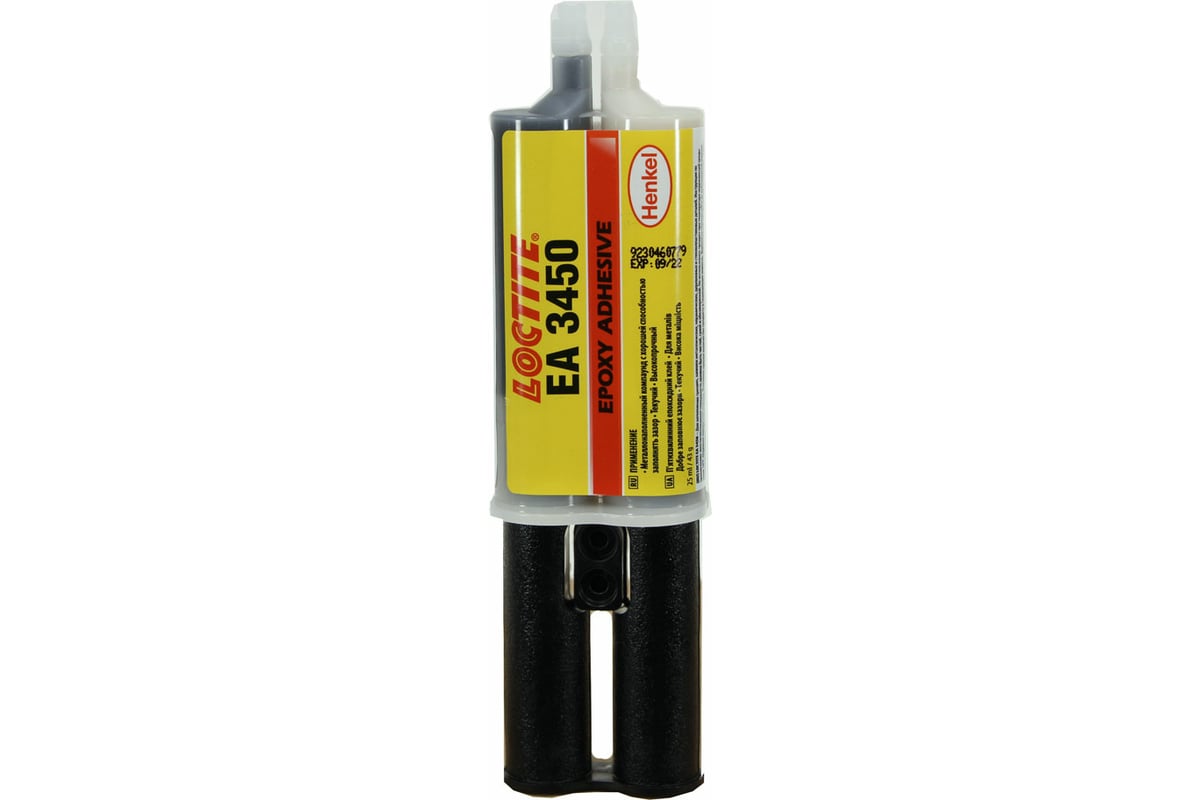As global trade continuously increases, companies navigate the challenge of navigating complex food safety regulations when sourcing products from around the world. With varying standards and requirements across different countries, it can be daunting to ensure compliance and a reputation for excellent standards.
One of the most important steps in complying with food safety regulations is to familiarize the laws and regulations of the states from which products are being acquired. Research the specific requirements for the materials you are purchasing, such as labeling procedures, handling procedures, and testing procedures. Familiarize yourself with the regulations of the importing country, as these may vary significantly from those in the exporting country.
To stay in compliance with food safety regulations, it is essential to establish strong relationships with your suppliers. This can include conducting frequent audits and risk assessments to recognize potential hazards and develop strategies for mitigating them. It may also involve working closely with your suppliers to implement and maintain procedures that meet international standards.
Additionally, consider utilizing independent auditing and certification services to verify compliance with food safety regulations. These organizations provide independent assessments of a provider’s facilities and operations, providing assurance that they meet or exceed international standards. Some popular food safety certifications include ISO 22000, BRC (British Retail Consortium), and ISO 22000.
Another crucial aspect of navigating food safety regulations is to maintain complete and thorough records of your activities, including testing, labeling, and shipping procedures. This will enable you to quickly respond to any issues that may arise and prove compliance to regulatory authorities.
Implementing a comprehensive food safety management system is also critical. This involves creating and enforcing policies, procedures, and training programs that ensure all staff understand and adhere to food safety regulations. Regular training and refresher courses can help to ensure that employees are up-to-date on the latest requirements and best practices.
Finally, it is mandatory to establish lines of communication with your customers and other stakeholders to maintain clarity about your food safety practices and performance. This can include providing regular updates on your purchasing and quality assurance practices, as well as sharing any pertinent credentials or audit results.
By recognizing and following to food safety regulations, establishing strong relationships with suppliers, канат швартовый utilizing independent auditing services, maintaining complete and thorough records, implementing a comprehensive food safety management system, and maintaining clarity with stakeholders, companies can ensure that their products are safe for consumption and comply with industry regulations.

